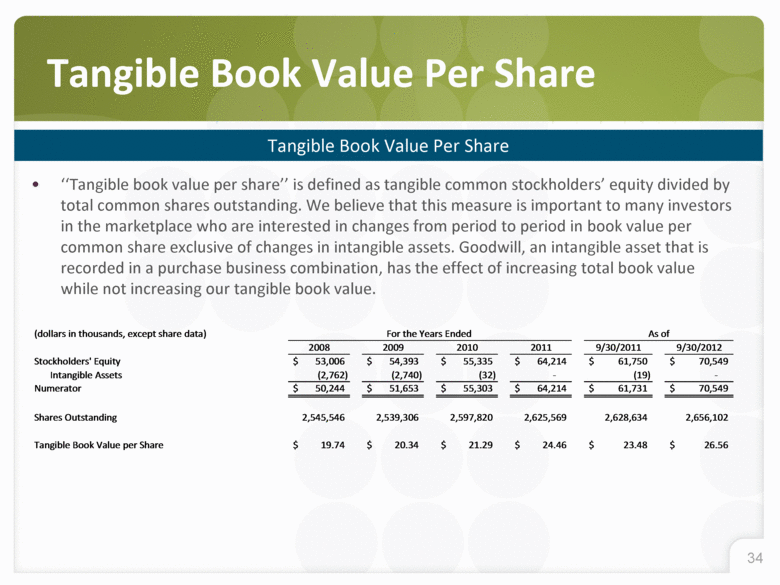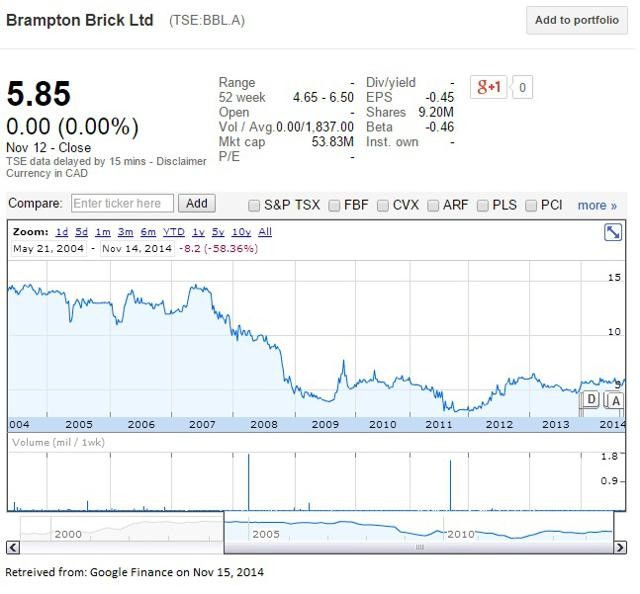Definition of Tangible Book Value
Post on: 22 Апрель, 2015 No Comment

Definition
The book value is basically a measure of the total debts and liabilities subtracted from the total of all current monetary assets. Book value is often synonymous with the net value. Speaking in terms of assets, tangible assets are those that are physically present and available such as owned property, product inventory, cash reserves, receivables and investments. Intangible assets might include things such as patents, trademarks, copyrights and future earnings potential or expected returns. The tangible book value relies on the overall value of those tangible assets rather than intangibles.
Book Value Trading
The book value is often a major consideration in the stock market. Stock analysts look at the overall net worth of a company and divide that net worth figure by the number of shares available. If the company’s stock price is lower than the value per share, that company is said to be trading below book value. Generally speaking, that company would be considered a good investment because it can be purchased for less than its actual computed value.
Reliability
Although the tangible book value is sometimes used as a measure to determine a company’s share value and investment viability, it does not always reveal the entire picture. Even if a company is trading below the current tangible book value, it may be a result of noticeably dwindling profit margins or shareholder mistrust in a company headed for failure.
Personal Book Value
References
- Business Dictionary: Tangible Book Value The Motley Fool: The Significance of Book Value Money Terms: Tangible Book Value Per Share Company Refs: Price-to-Tangible Book Value
- Photo Credit stock report image by pearlguy from Fotolia.com Making a financial plan image by Allen Stoner from Fotolia.com pepites dor image by Guy Pracros from Fotolia.com Stock Market image by Paul Heasman from Fotolia.com business charts with sell? image by Andrew Brown from Fotolia.com dtuffed bears 2 image by Gale Distler from Fotolia.com
More Like This
How to Calculate Tangible Equity
Understanding Bank Financial Statements
How to Figure the Book Value of Bank Stock
You May Also Like
Tangible book value per share is one of the financial ratios used to measure a stock's true value. It is an imperfect.
Because financial data such as company balance sheets and income statements are readily available on the Internet and from various financial news.

Net book value is a key figure for many investors. Since it's the closest estimate of the company's underlying value — both.
Tangible equity or tangible common equity is a measure used to evaluate the strength of a financial institution. It is considered a.
Tangible assets, such as computers and buildings, are depreciated annually according to guidelines set by the Federal Accounting Standards Board (FASB) and.
A company's book value represents the excess of the company's assets over its liabilities. In simple terms, a company's book value tells.
Organizations engage in borrowing to seek financing for operating activities, long-term initiatives and reorganization initiatives, such as mergers and acquisitions.
The value of a company's stock is ultimately determined on the stock market by how much investors are willing to pay for.
Kelly Blue Book (KBB) is a car valuation publication which is also available online, meant to assist consumers and sellers with putting.
Real estate and tangible property concepts come into play in the context of taxes, wills, and charitable giving. Real estate is distinguishable.
Calculating the Net Tangible Assets (NTA) of a company is a method of financial valuation that helps to gauge the true value.
Before purchasing or selling a vehicle, it is helpful to collect information on what that model is selling for. The Blue Book.
Price-to-book, or PB, ratio is a financial analysis ratio used to compare the book value of a firm's assets with the market.
There are a number of means by which to determine the value of used cars. While the Kelley Blue Book was long.
Liquidation analysis is an accounting term that refers to the piece-by-piece value of a company or asset upon sale (liquidation) under normal.
While it has proved successful for many, value investing still has its detractors. One criticism is book value measures tangible assets such.
The book value of a company is the measure of shareholders equity on its balance sheet, which in turn is determined by.
Book value and market value are two metrics used by investors and analysts to determine the worth of a firm. Book value.














